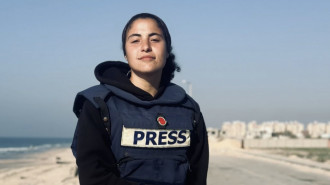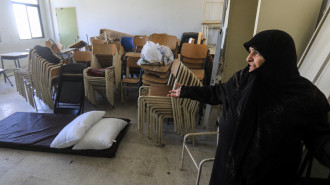
The Egyptian artists not to miss at the 2024 Glasgow Sonica Festival

Last Thursday, the eighth edition of the Sonica Festival started in Glasgow.
Presented by Cryptic, Scotland’s well-known centre for audiovisual art and experimentation, the Sonica Festival showcases talented artists exploring new ideas in live music, visual arts, and performance.
Founded by artistic director Cathie Boyd, Cryptic has featured over 2,000 artists whose work has reached more than 1.2 million people across 32 countries.
This year’s Sonica welcomes artists from Myanmar, Ukraine, Australia, Luxembourg, Vietnam, Switzerland, Canada, the Netherlands, and Scotland.
There’s also a special place for Egyptian artists, who received support from the British Council Egypt to create works about urban change and climate change, showcasing their art in Glasgow.
Cathie shared with The New Arab why she is determined to showcase Egyptian artists every year: “People in the UK aren't aware of contemporary Egyptian culture or its amazing underground scene.
"I wanted to share some of this exciting work with a new audience, including festival directors and programmers. Sonica's international focus provides the perfect platform for this.
“If you believe in them and they are good artists, they deserve to have this platform,” she added.
During the opening week of the festival, The New Arab visited Glasgow and interviewed the Egyptian artists.
With just a few days left in the festival, here are the artists that attendees should watch for:
Ahmed Al Shaer
Currently pursuing his PhD in Glasgow, multidisciplinary artist Ahmed Al Shaer worked with Sonica last year. This year, he returns with The Narrative, a virtual reality tour about a romantic colonial dream that never materialised.
In The Narrative, Ahmed leads a virtual tour beneath the Glasgow City Chambers, following the path of a typical guided visit while uncovering hidden symbolism that is often overlooked.
The VR tour focuses on Glasgow’s famous poem: “The tree that never grew, the bird that never flew, the bell that never rang, and the fish that never swam.”
In his VR tour, Ahmed questions this narrative by asking, “But what if there’s a hidden story behind this poem?”
Speaking to The New Arab, Ahmed shares his thoughts on what this hidden story might be and connects the poem to the Canadian island of Nova Scotia.
Between 1622 and 1628, Scottish courtier, statesman, and poet Sir William Alexander made four failed attempts to colonise the island.
Ahmed suggests that the “never” in the poem could represent Scotland’s failed attempts to colonise Nova Scotia. Interestingly, he adds that from a distance, Nova Scotia even resembles a fish on a map, further linking it to the hidden meaning of the Glasgow poem.
The Narrative location: Glasgow City Chambers
Ahmed Saleh
On the opening night at Tramway Theatre, Alexandrian sound artist and composer Ahmed Saleh performed his piece Ten Year Walk to the Shore, which explores environmental disasters and past floods in Alexandria, Egypt.
In his performance, Ahmed chose to combine city sounds with imagined scenes of rising waters flooding busy streets and gradually submerging the city.
This musical narrative highlighted the threat of rising sea levels for Alexandria and reflected on two major floods that struck the city in the fourth and eleventh centuries.
Ahmed told The New Arab that he had many reasons for creating the work: "Alexandria will soon be one of the first cities to be flooded by seawater. Much of ancient Hellenistic Alexandria is already underwater, and now the modern city, with all its cultural treasures, is facing the same risk."
Ten Year Walk to the Shore location: Tramway Theatre
Shadwa Ali
Shadwa Ali presents two works at this year’s festival.
Shadwa’s installation, Beyond the Shore, examines the rapid changes in cities and how they impact both our surroundings and us.
Like Ahmed, she focuses on her hometown of Alexandria, a city that now feels unfamiliar to her, blending nostalgia with the realities of modern life.
She told The New Arab, “Cities across Egypt are changing quickly, and the destruction of urban areas is everywhere, from Cairo to Alexandria. The places I have memories of are being torn down.”
She added that one of her main concerns is the commercialisation of Alexandria’s beaches, which used to be free but now charge for entry.
Beyond the Shore location: Tramway Theatre
Exploring a different topic, Shadwa's Resonance of the Gyre uses sounds and video recorded during the COVID-19 lockdown to showcase empty places that still feel alive with possibility.
This work encourages viewers to reflect on how the breaks in our daily lives, like those during the COVID-19 pandemic, can help us rethink urban growth.
“I wanted to imagine what the future might look like after the pandemic and create a space to consider how cities can change and whether we should rethink urbanisation,” Shadwa explained.
Resonance of the Gyre location: The Glad Café
Dibo
Director and filmmaker Dibo began his career in advertising before turning to filmmaking. For this year’s festival, he presents his short film Amaal, which means “hope” in Arabic.
The film is set in a dystopian future where a company called the Holding Company for Dreams Fulfillment controls people’s dreams.
The story follows a character named Asser. As the film unfolds, we discover that the company, originally created to help people achieve their dreams, is doing the complete opposite.
Asser arrives on the final day for those born in 2090 to apply, finding himself in a world where wishes are tightly controlled. His journey leads him to a tense meeting with Madame Amaal, the powerful owner of the company. In the end, they both confront a request that could change their lives and many others.
Dibo shared with The New Arab that although the film is about 15 minutes long, “Amaal begins when it ends. The ending is just the start, leaving room for many conversations about what could happen next, which could go on for hours.”
Currently, Dibo is pitching both a feature film and several series.
Amaal film location: The Lighthouse
Ghada Eissa
Cairo-based audiovisual artist and filmmaker Ghada Eissa's work explores themes of identity, memory, and the human condition through experimental storytelling.
Her installation, I Was in the Tide, the Tide Was in Me, created in collaboration with countertenor vocalist, composer, artist, and DJ Nik Rawlings, reflects her and Nik's personal experiences with mental health, particularly bipolar disorder.
Ghada told The New Arab that the installation was inspired by the fluid nature of time and how bipolar episodes distort perception.
“Nik and I wanted to focus on the different episodes of bipolar disorder and how others perceive those who live with it, compared to our own experiences,” she explained.
The installation features several presentations, one of which is particularly striking: a split screen that shows two reflections of Ghadda's face underwater. This imagery symbolises the duality of living with bipolar disorder.
I Was in the Tide, the Tide Was in Me location: The Lighthouse
The Sonica Festival is ending this week, running through Sunday, September 29.
Zainab Mehdi is The New Arab's Associate Editor and researcher specialising in governance, development, and conflict in the Middle East and North Africa region
Follow her on X: @zaiamehdi





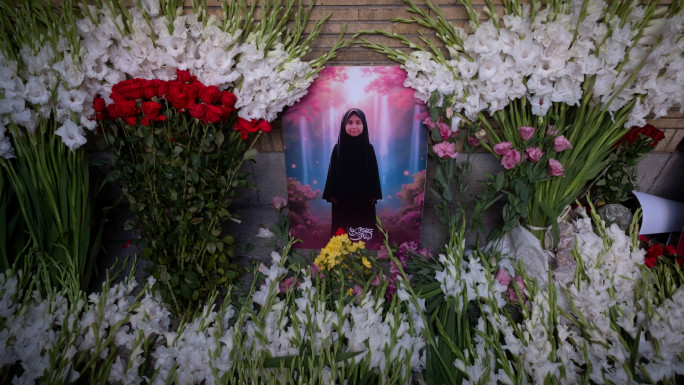
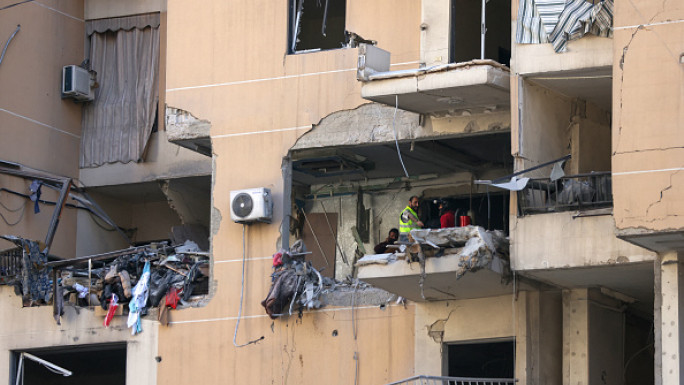
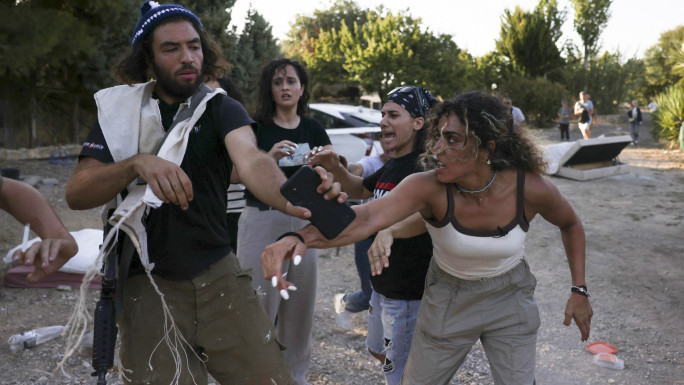
![Egypt's Foreign Minister Badr Abdelatty described the Israeli aggression as a blatant violation of Lebanon's sovereignty. [Getty]](/sites/default/files/styles/image_684x385/public/71545303.jpeg?h=327453ef&itok=1uWOWNWk)
![Religious hymns and odes are recited during the event held in the Nuseirat Refugee Camp in central Gaza, which is under Israeli attacks, to commemorate Mawlid al-Nabi, marking the birth of Prophet Muhammad on September 15, 2024. [Getty]](/sites/default/files/styles/image_684x385/public/2171398138.jpeg?h=a5f2f23a&itok=Uw8zDh5Q)
